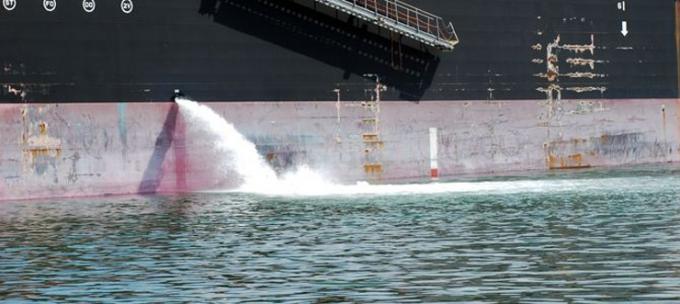Professional Ultrasonic Water Treatment of cellular structure of the algae
Description| Frequency: | 20khz | Power: | 3000W |
|---|---|---|---|
| Generator: | Digital Generator | Horn: | Titanium Alloy |
| Capacity: | 20 L/Min | ||
| High Light: | ultrasonic homogenizer sonicator,ultrasonic cell disruptor | ||
Professional Ultrasonic Water Treatment of cellular structure of the algae
Parameter
Introduction: Water Treatment by Means of Ultrasound Among the numerous applications of ultrasound, the approach is used in the field of water treatment. In this scenario, forces other than cavitation forces are being used to achieve a certain goal. An example of such ultrasound systems which can be found on the market are the RPS-SONIC sonochemistry systems, which are manufactured to suppress algal growth and biofilm formation. They do not even come close to reaching cavitation levels. Other mechanical forces induced by the produced mechanical pressure waves are use to suppress algal growth and reduce biofilm growth, such as resonance forces, longitudinal and transversal sound wave forces. To reach this goal, the RPS-SONIC sonochemistry systems for example use a 'blend' of very specific ultrasound frequencies of certain power which are emitted into the water by specific transducers. This will enhance the specificity and selectivity of the ultrasonic treatment. The algae are treated with ultrasonic sound waves set in precise frequencies that directly target the cellular structure of the algae. The amount of algae in the water is reduced and controlled in an efficient, cost-effective manner, and further growth is inhibited. Green layers disappear, biofilm formation is prevented, and the appearance and clarity of the water is visibly improved. The continuous use of such a device prevents the water from becoming polluted again. These kind of ultrasound algae control systems can be used in all situations where water is stored, from large industrial water applications to small private pools or ornamental ponds. These systems range from large capacity units to small ones, enabling a 'tailor-made' solution to all purposes. The amount of time needed to see improvements depends on parameters, such as the type of the algae present in the algal population, water temperature, the amount of light, the amount of nutrients present (especially phosphate and nitrate), size and depth of the water body, TSS leve
